UPDATE! It appears that Polaris is no longer working with the manufacturer who designed and built these electric bikes, but that company is now selling their own line as PIM (Power in Motion) and you can connect with them through their official website at www.pimbicycles.com to possibly get replacement batteries, chargers, and other hardware. The following review stands on its own and represents the Polaris bike as I experienced it at the time.
The Polaris Rail is part of the second generation of Polaris branded electric bikes that use Evantage drive systems. This ebike is very custom – from the frame to the motor and even the drive modes which offer regeneration and a fancy cadence and gear sensor caled BioSync. The Rail is an entry level model that’s stripped down in terms of accessories like fenders and racks but it still offers the same powerful 750 watt hub motor and 44 volt battery pack as the higher end bikes. The top speed on this model is 20 mph but several of the others that can hit 28 mph in speed pedelec mode which could be useful for long distance commuting. The bike is relatively quiet, well balanced and comes with a solid two year warranty on the motor, battery and electronic systems with lifetime coverage on the frame.
Driving this bike is an impressive 750 watt gearless direct drive hub motor located in the rear. Its peak output is actually closer to 1,000 watts which is incredible but that’s not the whole story… Being gearless, the higher wattage sort of makes up for mechanical advantages that a geared hub or mid-drive motor could offer. One advantage is that this hub is a bit quieter (though it still whirs at lower speeds when climbing). Another benefit is toughness, there are no gears inside making contact with each other, just magnets. The real benefit here is that you can use those magnets to recoup power with regenerative braking and two regen modes. This helps to extend range and means you can get away with a smaller, relatively lighter battery pack.
The battery powering the Rail offer a solid 44 volts of power with smaller 6 amp hours of capacity. It uses light weight, long lasting Lithium Manganese cells and can be charged on or off the bike. They’ve designed the pack to fit right into the downtube on this model and it’s actually interchangeable with other second generation Polaris ebikes. You can even get a second pack to extend your range or balance charging when commuting (one at home, one at the office) but they cost a pretty penny at ~$700. The Rail comes in two frame types including high step EV501 and low step EV511 and both feel relatively stiff even with the cutaway tubing and battery mount. As you can see, the downtube is very wide and sort of overbuilt. This makes the bike a bit heavier but adds that strength.
Operating the Rail electric bike systems is pretty straight forward. You charge the battery, press the power button on the display console and the bike activates. From here you can arrow up or down on the display to choose from 3 levels of assist or two levels of regen (perfect for coasting down hills or getting a workout). I’ve always been fascinated with regeneration modes on ebikes but the truth is, you don’t really get that much power back. The utility of the feature boils down to saving your wrists from squeezing the brakes constantly and offsetting some of the cogging and increased weight of a gearless motor. The handlebars and cockpit of this ebike are relatively straight forward with Tektro brake levers on both sides and a trigger shifter on the right bar. You get eight speeds to pedal with and that’s solid for climbing or cruising and fits the “value” setup of the Rail. The BioSync cadence sensor can actually sense when you shift gears by measuring the cable that activates the rear derailleur. It uses this feedback along with the chain speed (measured by the chain guide just below the chain stay) to activate and de-activate the motor. It’s a unique system that helps the bike respond more naturally to the gear that the bike is riding in.
Honestly, this electric bike received mixed feedback at Interbike 2014 where I first saw it. People weren’t immediately satisfied with the slower speeds when riding in low gears but I think they missed the point. If you’re riding in a crowd and using a low gear, you don’t want speed. Also, if you’re climbing it’s nice to have the motor focus on torque. I get that, and between the throttle and assist modes here this bike strives to do something really neat. With a bit of practice and the proper understanding for what’s being offered here this bike can really shine. It’s still a bit expensive and heavy in my book but the suspension fork with lockout, padded saddle and adjustable stem pair nicely with the two frame styles and the warranty and quality reputation of Polaris is a strong pull.
Pros:
- BioSync cadence sensor can detect gear shifting using an internal pulley, it uses this information to provide slow torque in low “climbing” gears and high speed in high “fast” gears
- Reduced wear on brake pads and extended range thanks to regenerative braking, two levels of regen and automatic regen based on bike speed and chosen gear
- Suspension fork, ergonomic grips and adjustable angle stem provide versatility and comfort for a more upright or forward riding position
- Two frame styles (step-thru and high-step) offer easier mounting or stiffer frame qualities respectively
- Large 180 mm mechanical disc brakes provide great stopping power and Tektro levers are upgraded with rubber grip, integrated motor cutoff switches and a bell on the left side
- Battery pack is beautifully integrated into the frame for improved balance and protection, locking and removable for convenient charging or reduced weight of frame during transport (front wheel with quick release also helps)
- Gearless direct drive motor is fairly quiet compared with a geared hub but does hum a little bit in the low speed / high torque levels
Cons:
- Heavier than similar ebikes with geared motors vs. gearless but the weight is well balanced and you do get regen, frame is also stiffer
- Battery pack has relatively low watt hours and is very expensive to replace ~$700 though it can offer decent range thanks to the assist levels and regen options
- Less satisfying assist (varies output based on which gear you’re in) doesn’t provide that zippy feeling but does offer good torque for climbing and overall efficiency
- Relatively expensive given the lack of rack, fenders, lights etc. that you can get on higher models
Resources:
- Official Site: http://polarisebikes.com/bike_EV501.php and http://polarisebikes.com/bike_EV511.php
- Official Manual: polaris-ebike-manual.pdf
- More Pictures: https://goo.gl/photos/46x7AaHjY1gTV9F37

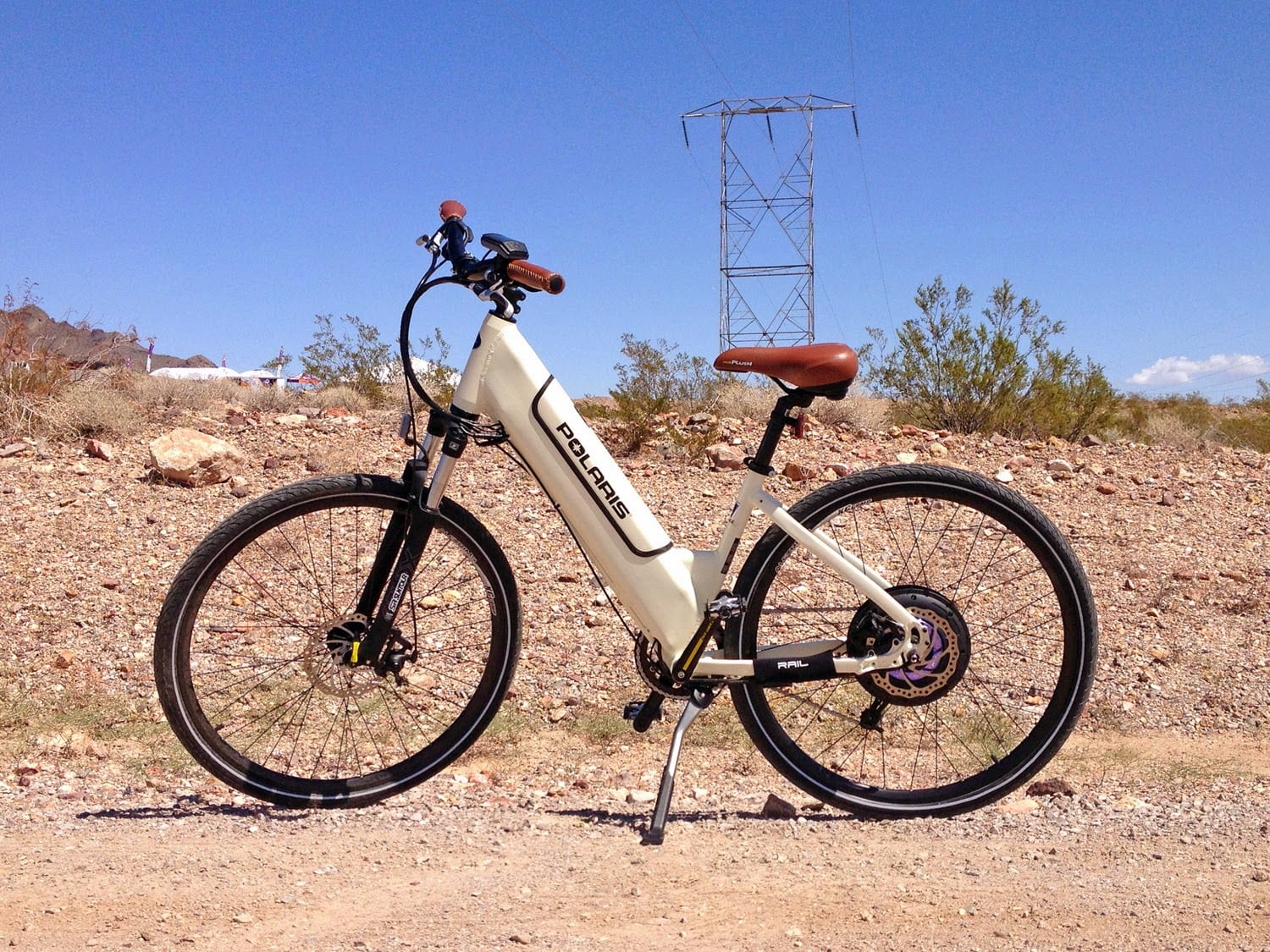
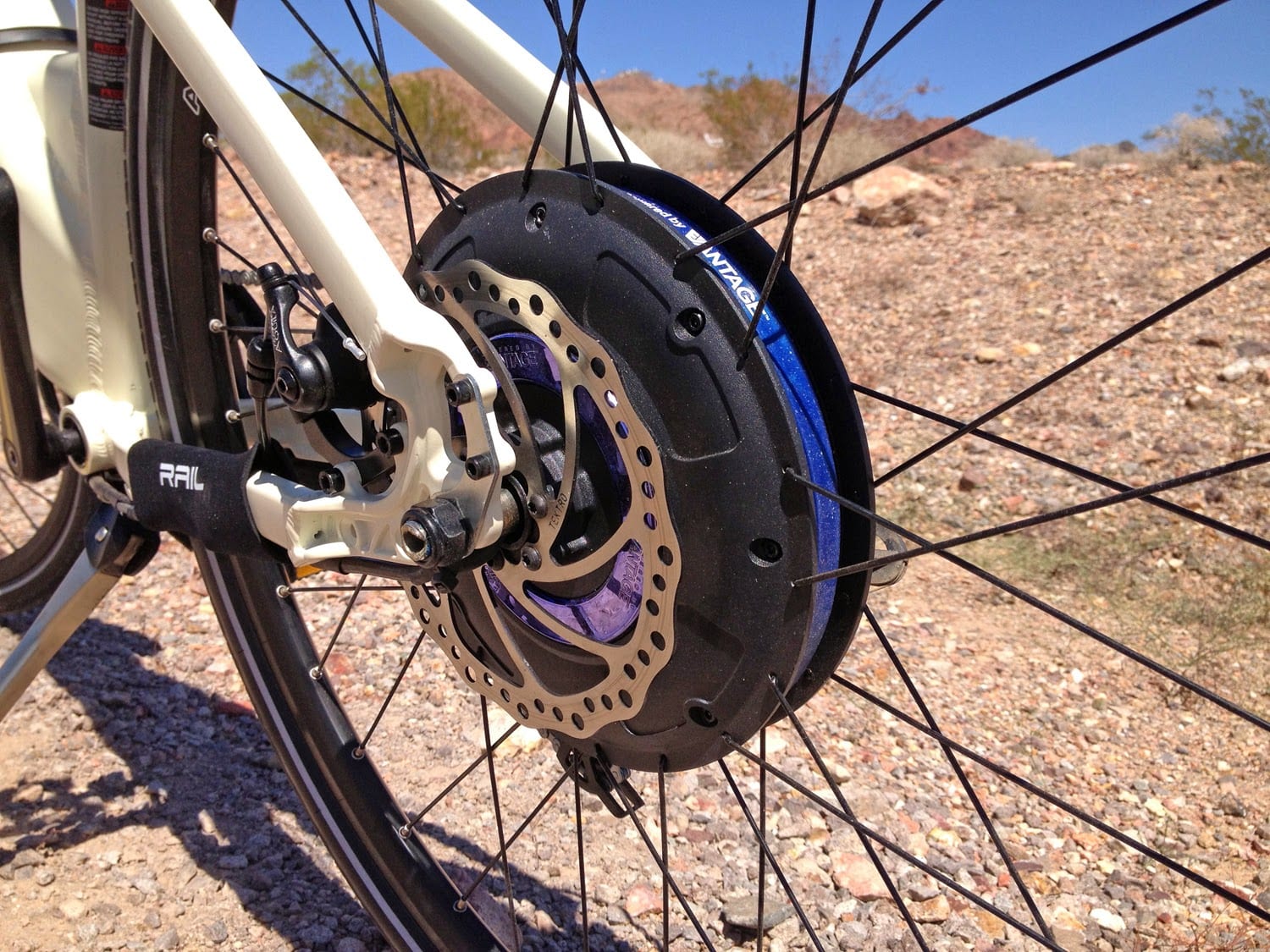
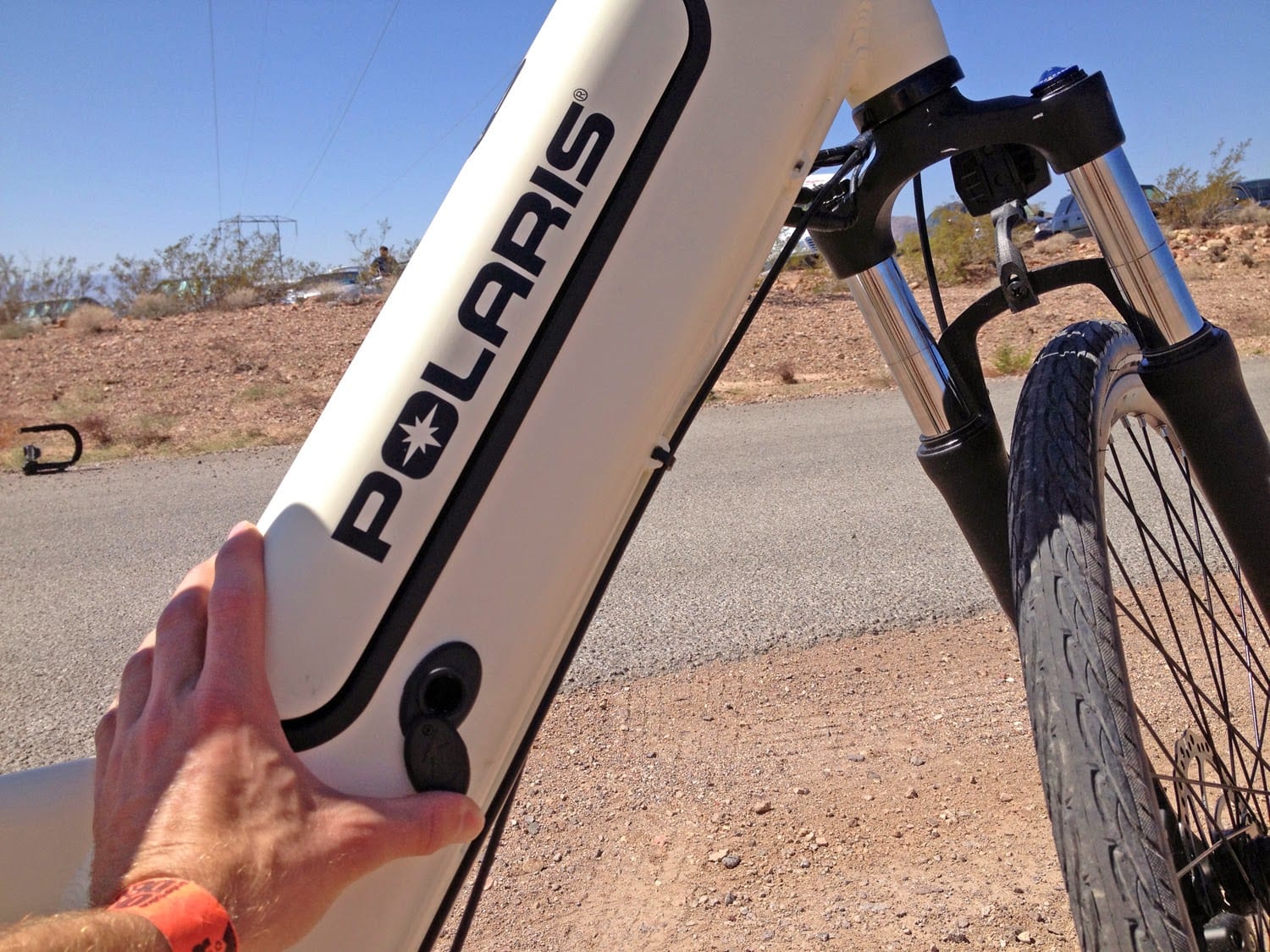
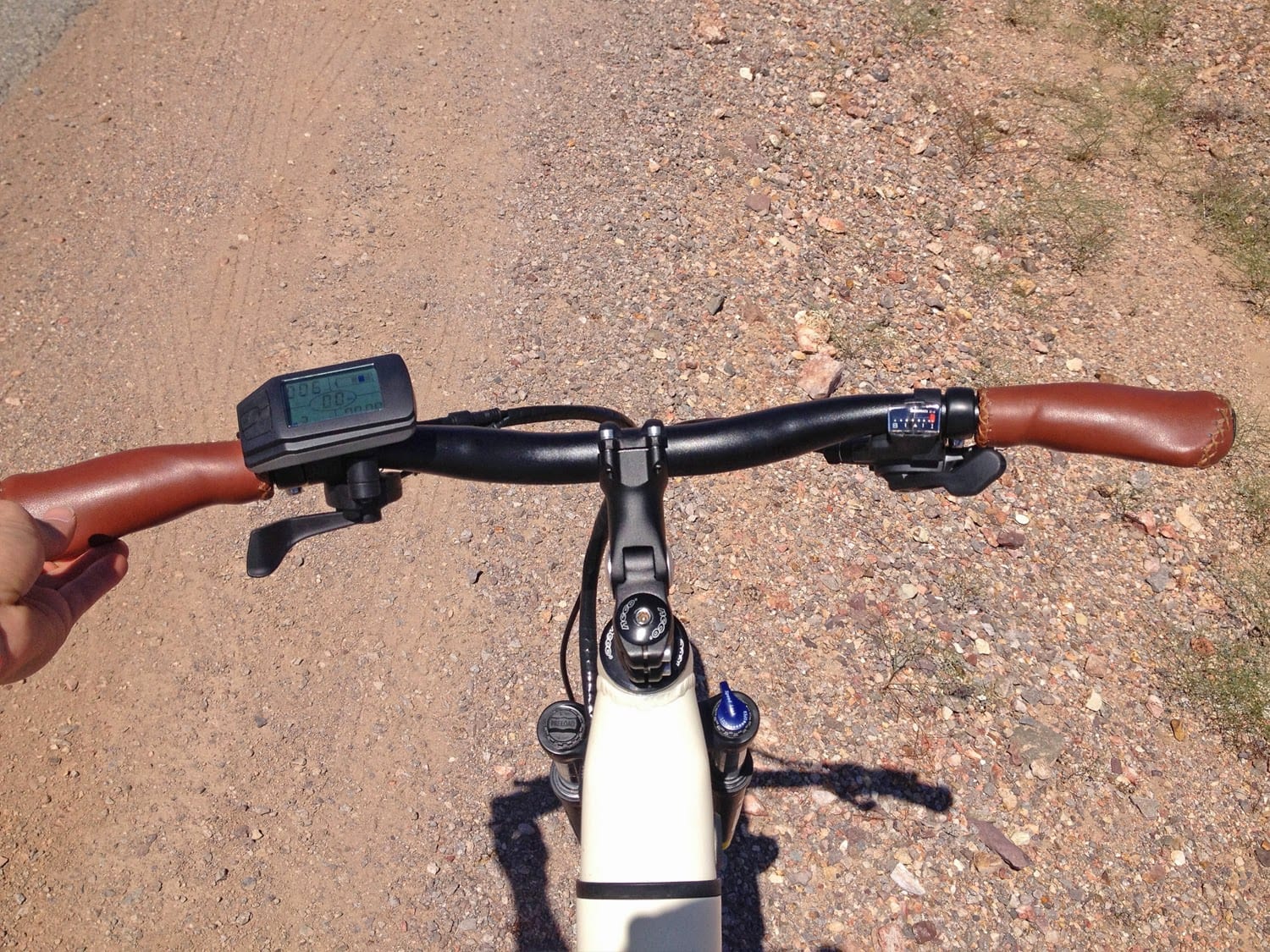
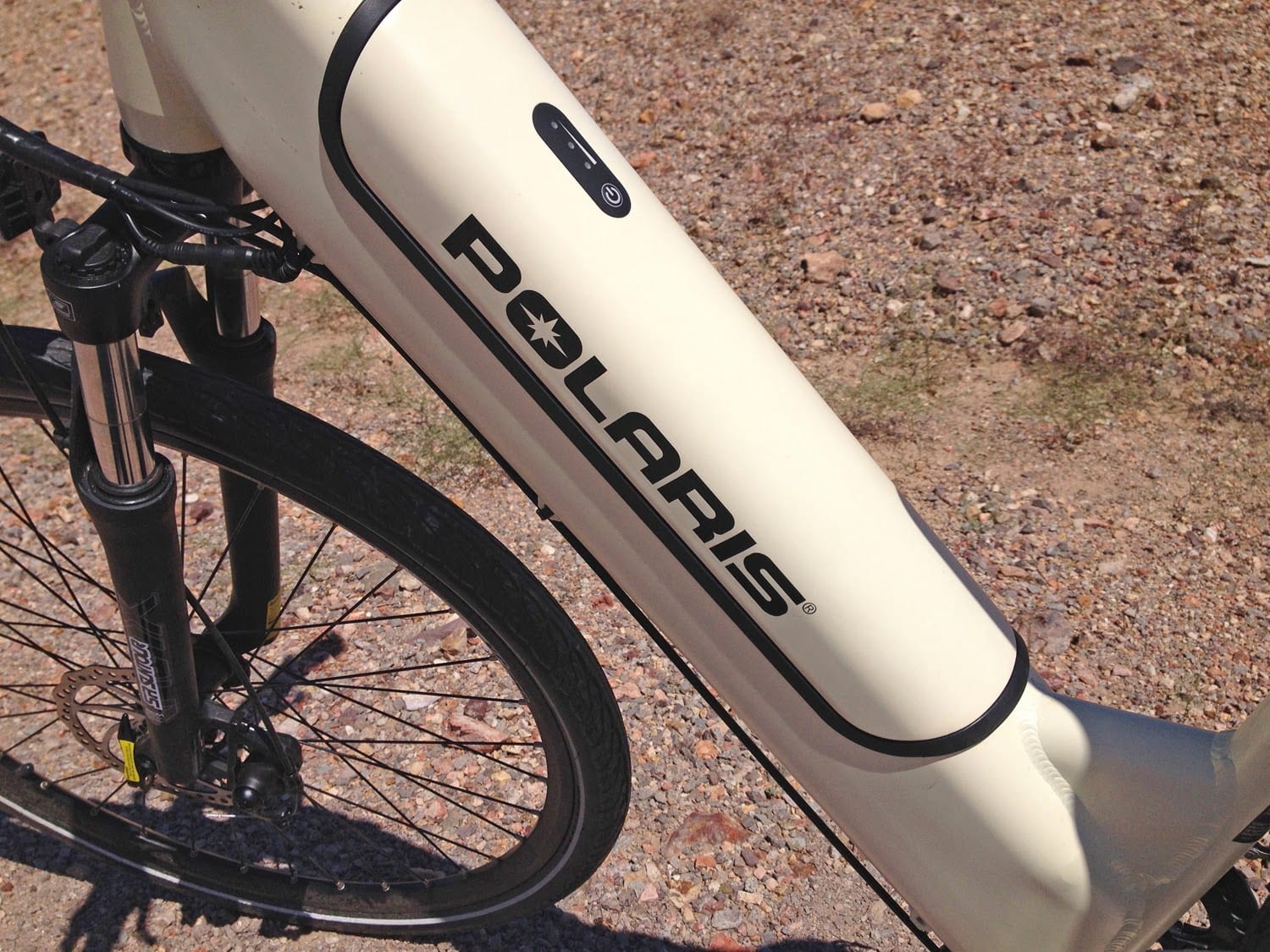

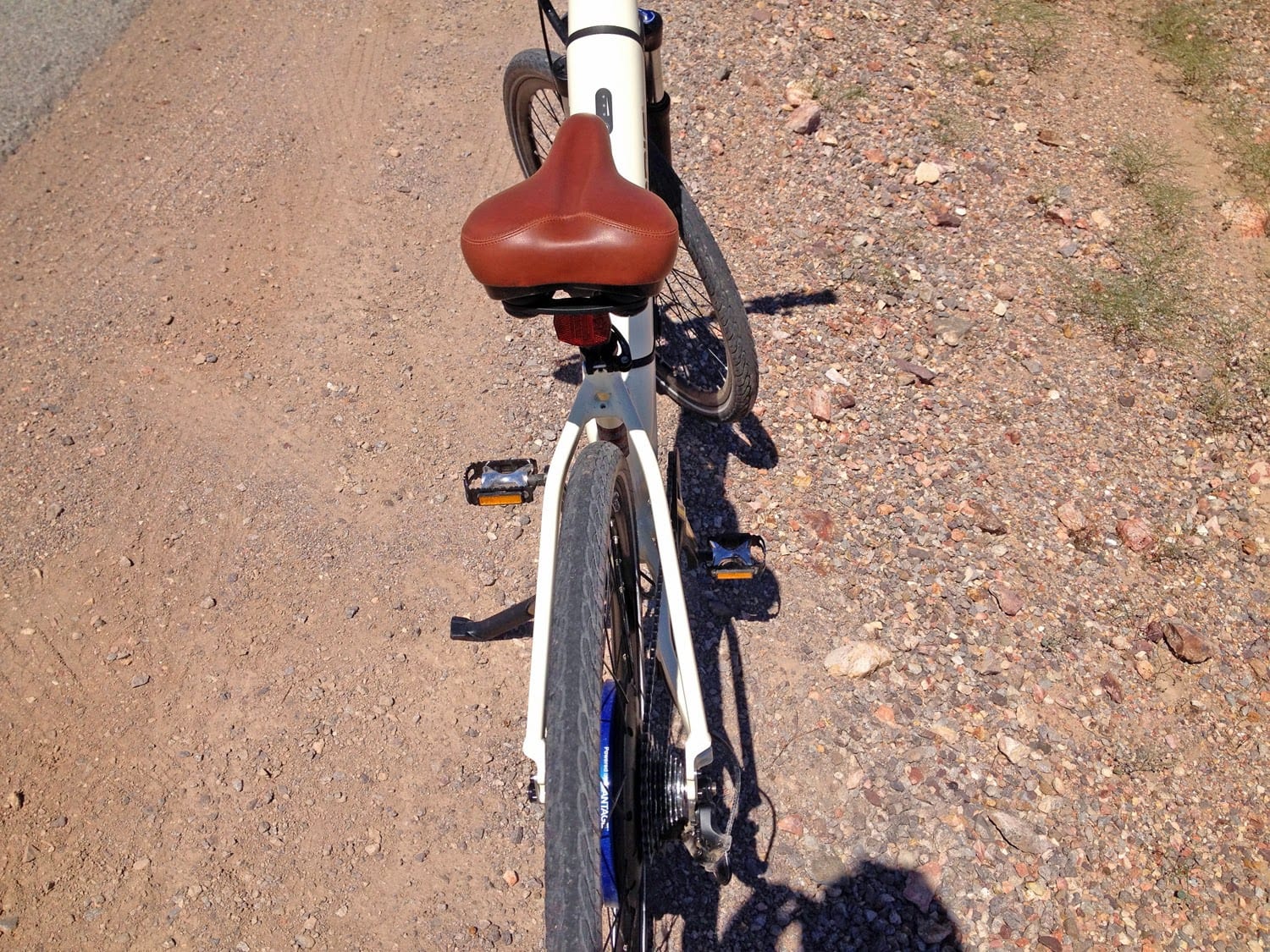


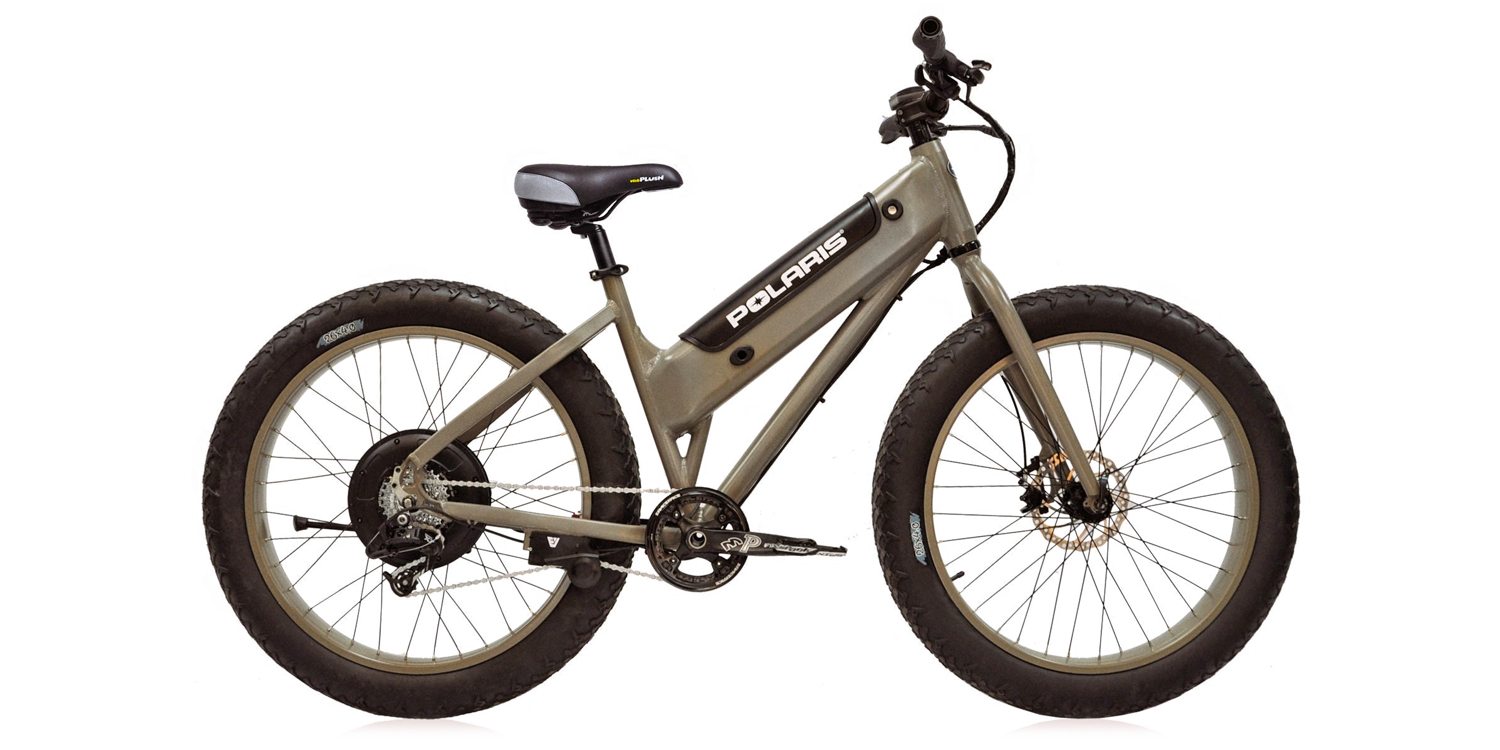
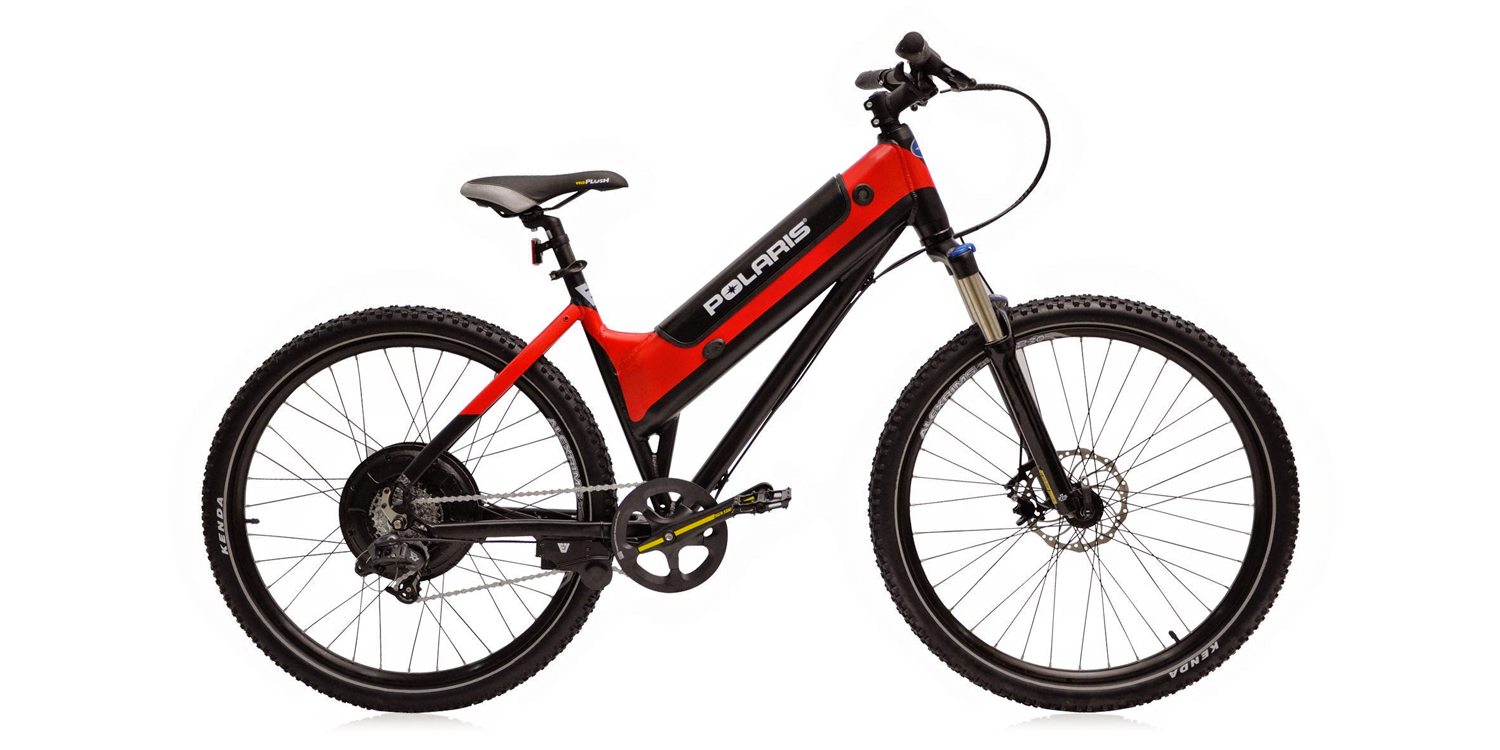
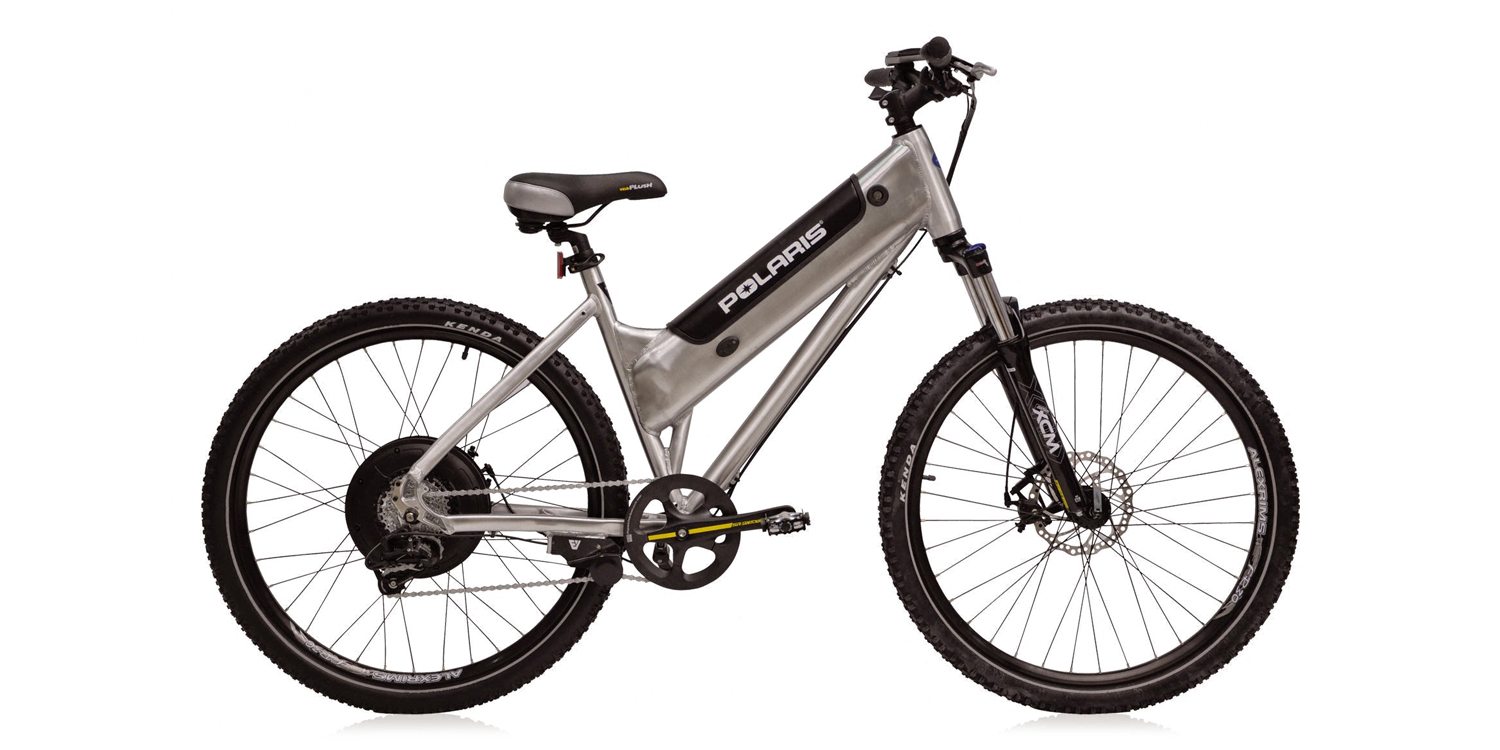
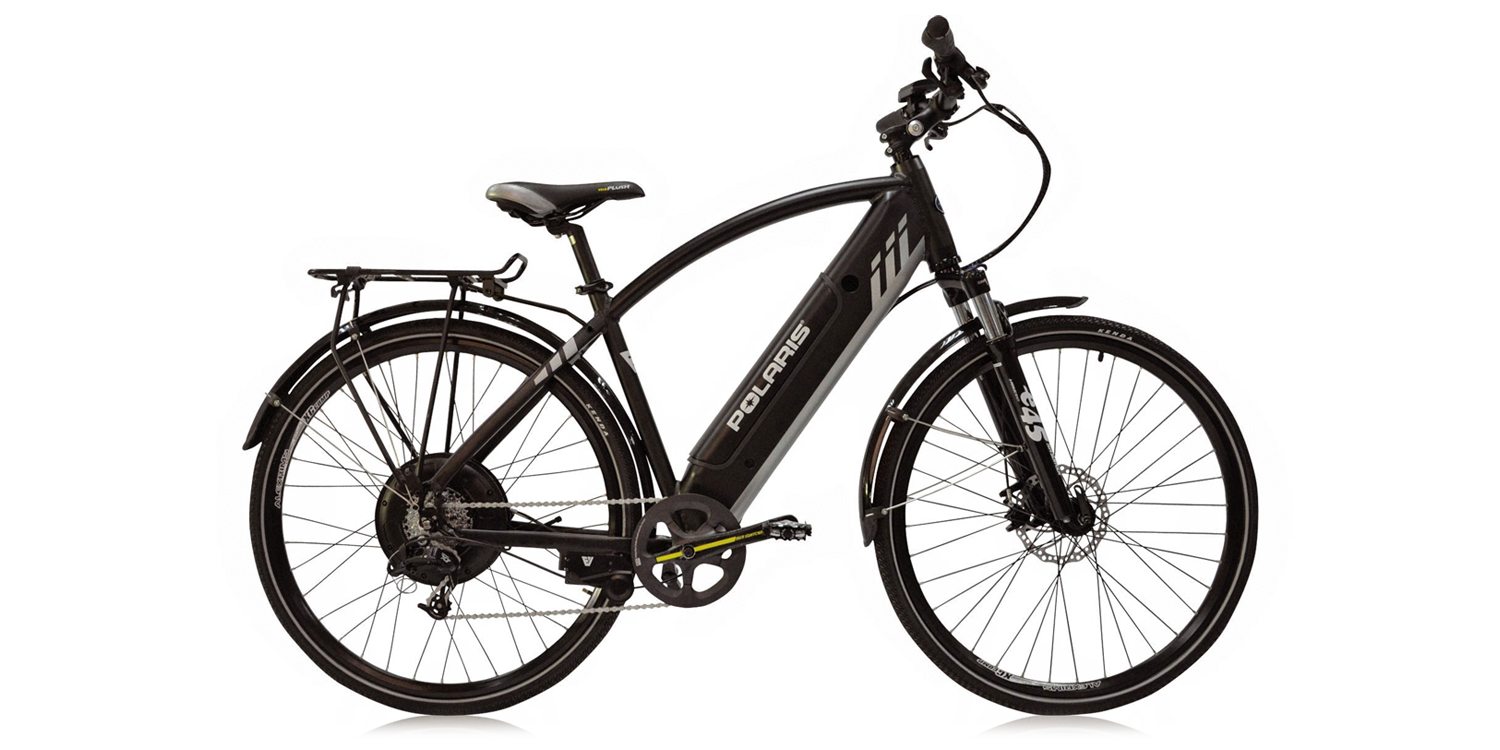
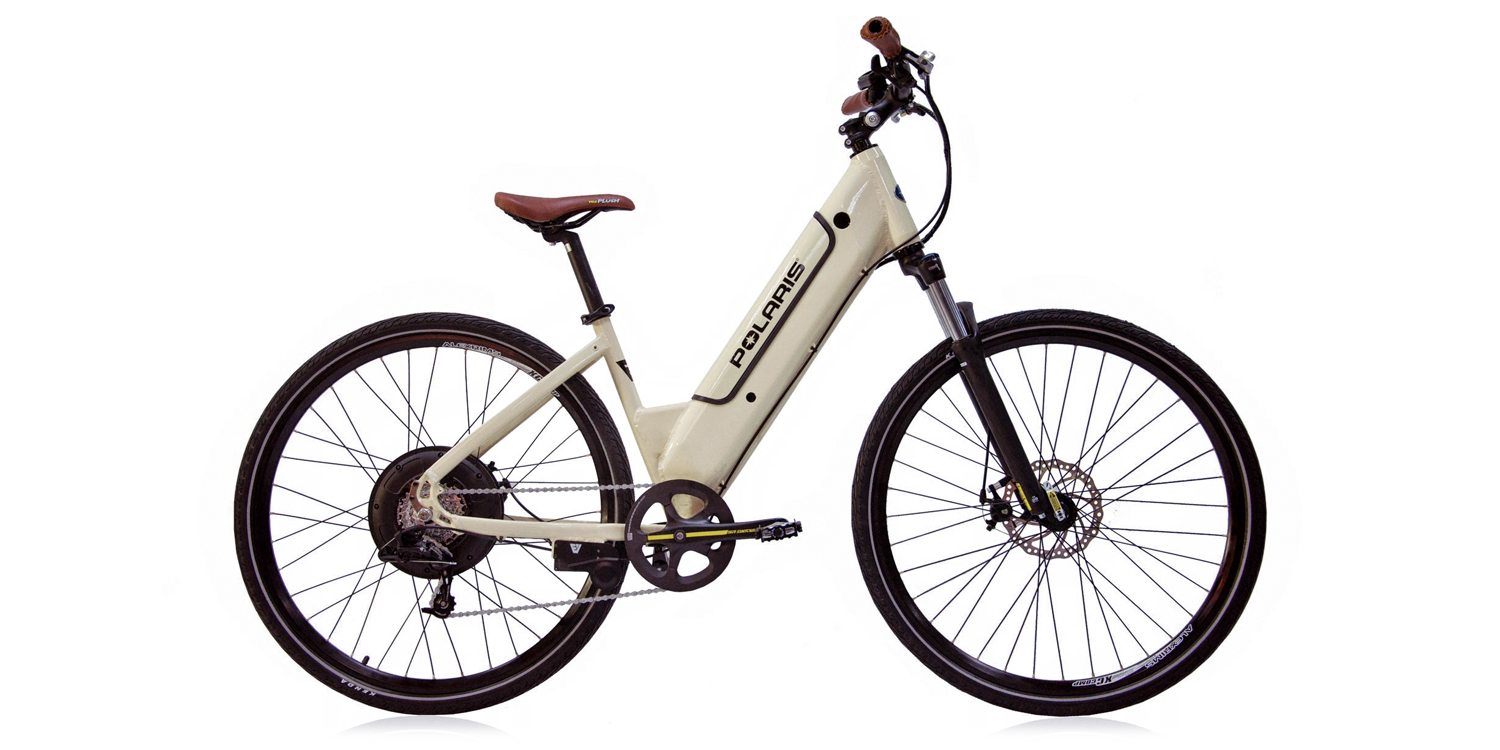
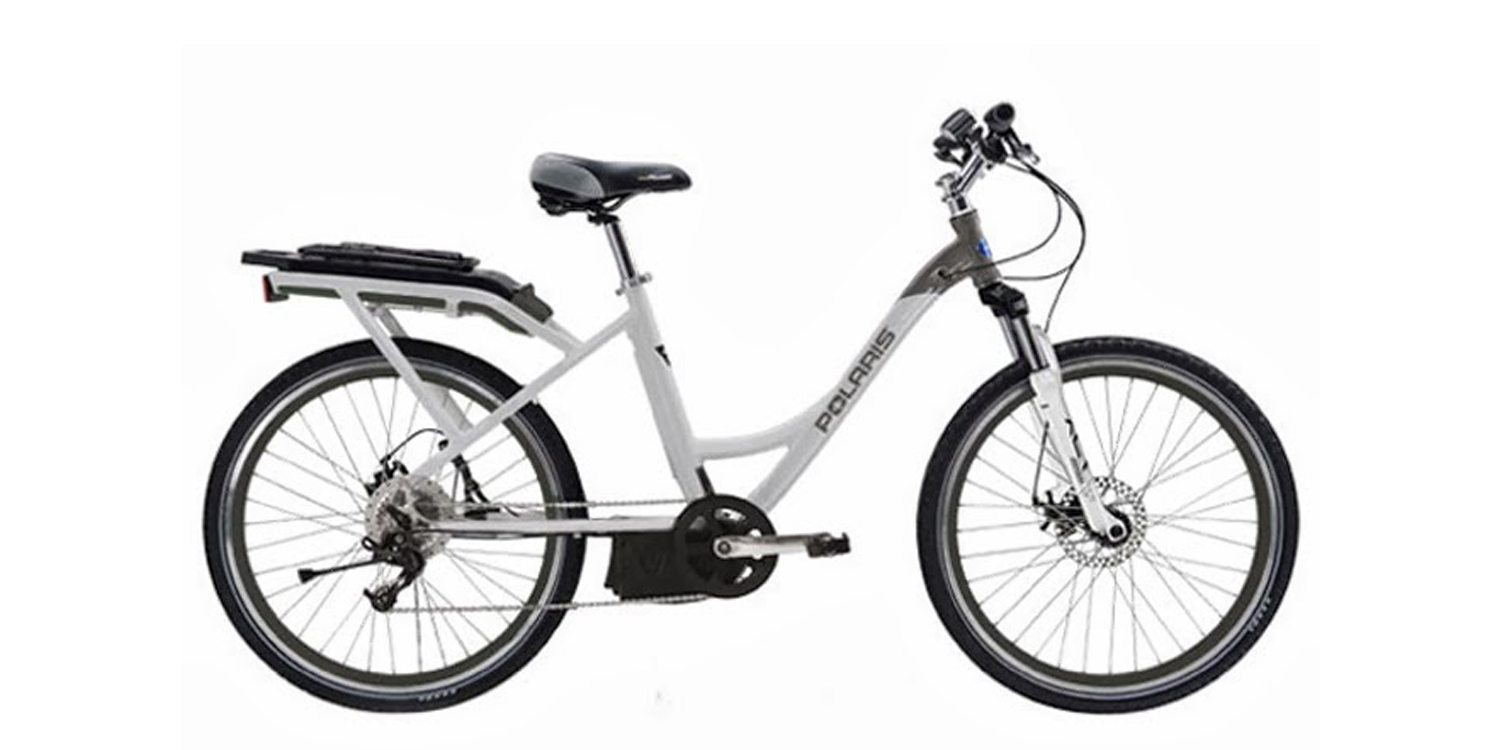
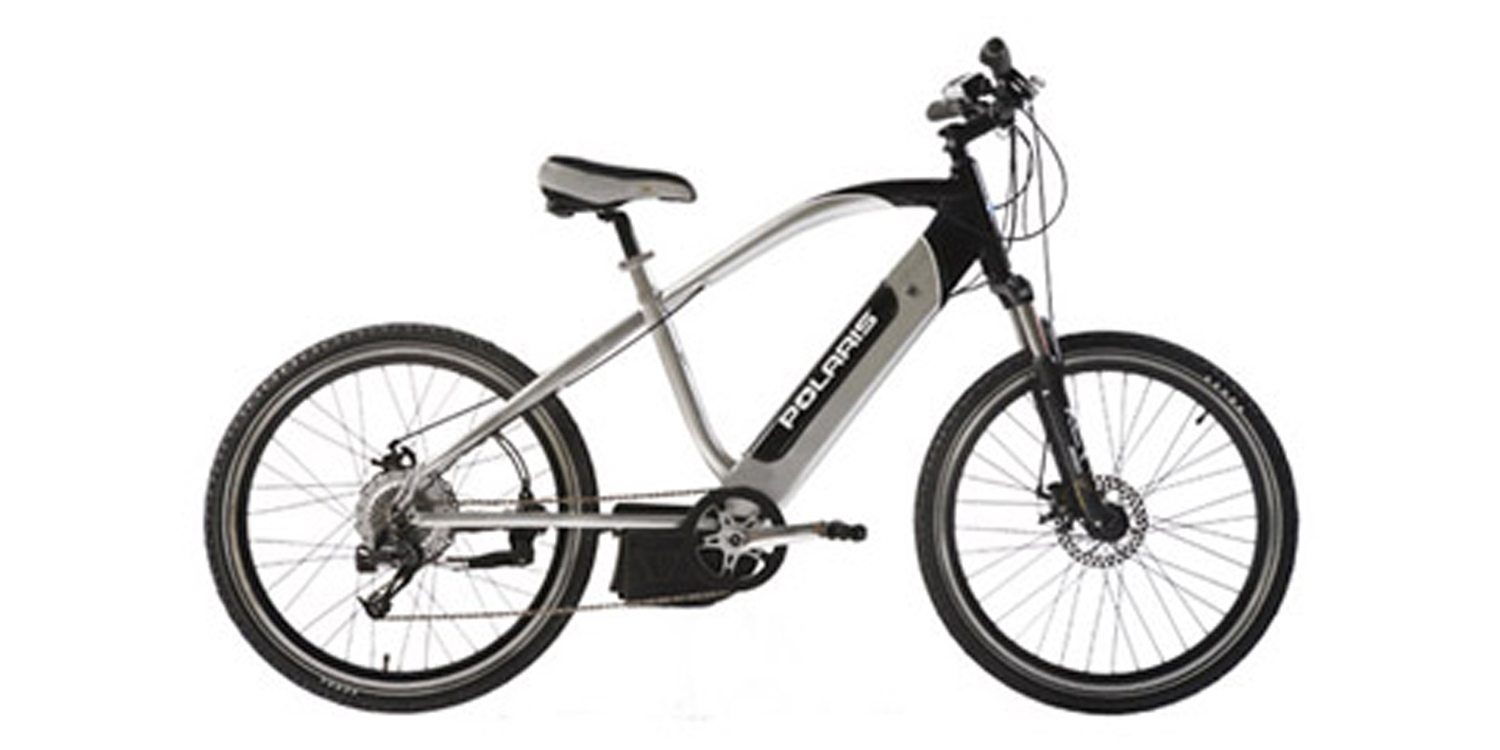
Reader Interactions